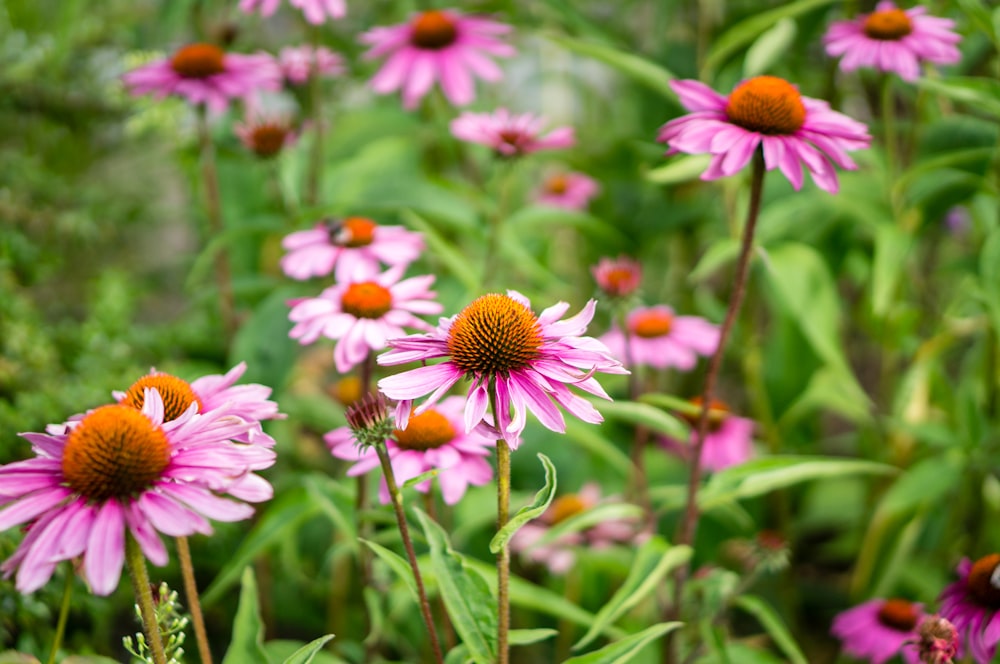As we reflect on Earth Month 2020, it’s worth looking back on how we’ve adapted and reworked our celebrations and traditions in light of current events. Livestreams featuring climate experts have replaced in-person lectures, celebrations and meetings have taken place over Zoom, and a new focus is on how we can be sustainable at home.
One spring tradition, however, remains largely unchanged. Raise your trowels, and let’s take a look at some great plants to adopt! No matter where you are or how green your thumb is, nurturing anything from a humble houseplant to a vast garden is a great way to breathe some life into your everyday environment.
iSEE Communications Intern April Wendling has a few suggestions to get you started:
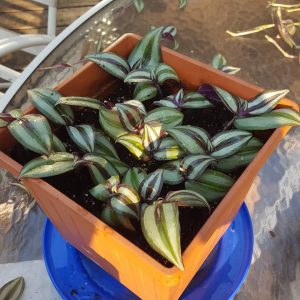 Zebrina (Tradescantia zebrina)
Zebrina (Tradescantia zebrina)
Zebrinas have it all. Their gorgeous silver-striped leaves glitter in the sun and feature a deep purple hue underneath. They look especially lovely in hanging pots or as ground cover. These plants are often called “inch plants” because of how quickly they grow in the spring and summer. If you find yourself with an overgrown zebrina, however, fret not! Zebrinas can reproduce asexually: after trimming back excess growth, the cuttings can be planted and will grow into their own plants. While zebrinas are relatively hardy and can survive as a low-light houseplant, they’ll be happiest in the sun.
Pothos (Epipremnum aureum)
For the novice plant enthusiast, a safe bet is the humble pothos. It’s often called “devil’s ivy,” and for good reason. These plants are notoriously difficult to kill, and their leaves will stay a lush verigated green even when kept in the dark. Like the zebrina, pothos can also be grown from cuttings. Pet owners might want to steer clear of this houseplant, however, as pothos are toxic to cats and dogs.
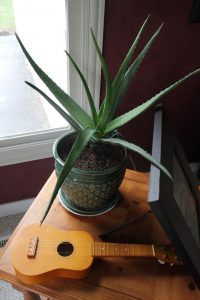 Aloe (Aloe vera)
Aloe (Aloe vera)
Succulents make for lovely houseplants and require little water. Aloe stands out among its succulent cousins as a particularly useful addition to one’s houseplant collection: the clear gel found within the plant can be used to treat small burns. Aloe and other succulents typically do best when planted in sandy, well-drained soil. Avoiding overwatering is key with these plants — the soil in the pot should be allowed to completely dry before rewatering.
Peace Lily (Spathiphyllum wallisii)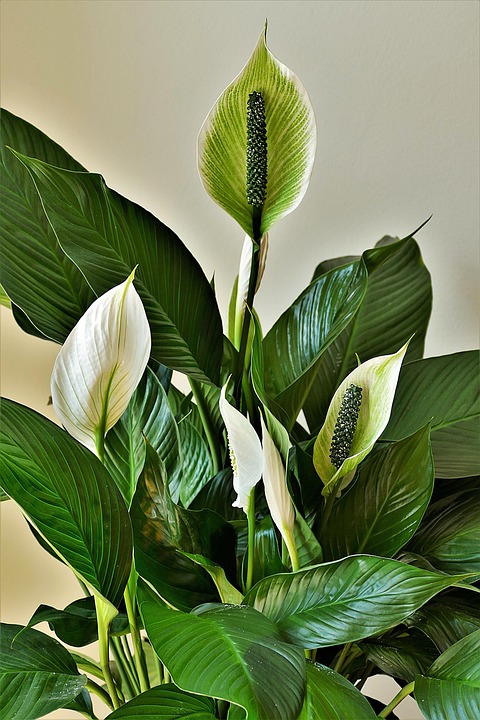
On the other end of the water spectrum is the peace lily. These plants appreciate wet soil, and can even be grown in a vase filled with rocks and water; no soil needed. These are tropical plants, so you’ll want to keep them away from drafty windows during the colder parts of the year. They also appreciate high humidity, if you can provide it. Those living with pets or small children may want to consider other options, however, as all parts of the plant are mildly toxic if ingested.
 Air Plants (Tillandsia)
Air Plants (Tillandsia)
Plants in the genus Tillandsia are commonly known as air plants due to their propensity to cling to whatever support is nearby, be it telephone wires, tree branches or bark, bare rocks, and more. They’ve recently become popular houseplants due to their charming, soil-less nature. Air plants are often kept in transparent globes, as they shouldn’t be planted in pots. They absorb water through their leaves, so they’re best watered by misting.
Herbs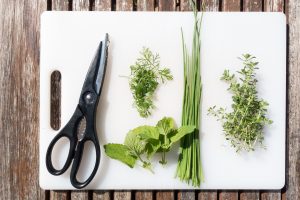
While it won’t massively cut back on your trips to the grocery store, growing your own herbs is another small step to leading a more sustainable life. A wide variety of herbs can be grown indoors and outdoors in different conditions, so it’s worth doing further research on the ones that interest you. Mint, parsley, and chives are among the beginner-friendly herbs that are all relatively easy to grow.
 Strawberries (Fragaria × ananassa)
Strawberries (Fragaria × ananassa)
If you’re looking to grow your own fruits, strawberries are a great choice! For these versatile plants, in-ground gardens, raised beds, and pots are all excellent growing areas. In Illinois, strawberries are best planted during spring. For the best results, give them about an inch of water weekly, along with fertilizer to promote fruit production.
Native Wildflowers
Restoring native plants in our outdoor ecosystems is a big help to native pollinators. Illinois is home to a wide variety of colorful wildflowers, which can brighten up any yard, garden, or flower pot. One can find many different wildflower seed mixes on the market, tailored for different purposes, such as attracting butterflies or providing the most colorful blooms.
Even though we can’t physically come together to celebrate Mother Nature right now, we can garden together in solidarity. Happy planting!

